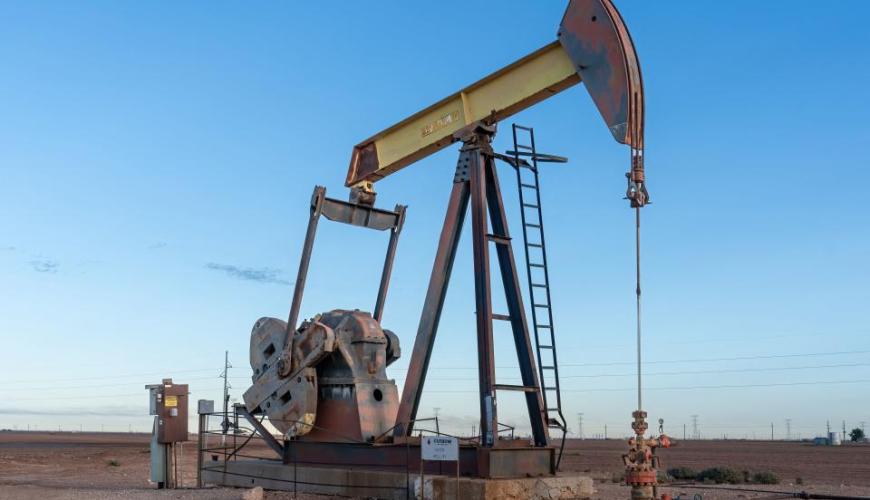Oil prices just rose above $90 — here's how they could get to $100

Oil’s steady climb has prompted speculation that prices could reach $100 per barrel should current market conditions persist.
West Texas Intermediate (CL=F) futures were trading above $86 while Brent (BZ=F) rose above $91 per barrel, their highest levels since October. The international benchmark futures rose more than 1% in the prior session, closing above the key level of $90 amid signs of an escalation in the Middle East.
“There are a lot of geopolitical reasons to be concerned about supply risks," Claudio Galimberti, senior vice president at Rystad Energy, told Yahoo Finance this week of oil's upward price trend.
"Therefore, I would say triple-digit oil prices are not that far at this point. And this is where we could end up in the next couple of months for sure,” he added.
Galimberti points to continued production cuts from oil alliance OPEC+ and Ukrainian drone attacks on Russian refineries as the major catalysts pushing prices toward $100 in the next few months.
“Russia is a major oil producer. So the moment you have potentially 500,000, a million barrels a day temporarily impacted — this is when you can see oil prices notch up potentially another $5, $10, and then you are in triple digits,” said Galimberti.
To be sure, the analyst notes that ample spare capacity, or the ability to pump more oil in the Middle East, could help keep a lid on prices.
Last month, Russia said it would deepen its output reduction, prompting JPMorgan analyst Natasha Kaneva to contemplate Brent crude oil reaching $100 per barrel by September.
"At face value, and assuming no policy, supply or demand response, Russia's actions could push Brent oil price to $90 already in April, reach mid-$90 by May and close to $100 by September," Kaneva and her team wrote in a note last week.
Still, Kaneva expects to see Brent prices trade at $90 by May and $85 in the second half of the year as countermeasures would kick in if prices got too high. For example, the US could choose to release supply from its Strategic Petroleum Reserve, Russia could choose to maintain its exports at current levels, or demand destruction could kick in.
"The lesson from the 2022 energy crisis taught us that there are multiple levers that can quite effectively mitigate the impact of the high prices," JPMorgan's team wrote. "Our view remains that given the US dollar strength and high borrowing costs, oil prices substantially above $90 can cause severe disruptions in the global oil demand — as was the case in March-June 2022 and in September-October 2023 — in turn resulting in lower prices."
WTI has rallied 23% year to date while Brent gained nearly 20% during the same period.
Ines Ferre is a senior business reporter for Yahoo Finance. Follow her on X at @ines_ferre.
